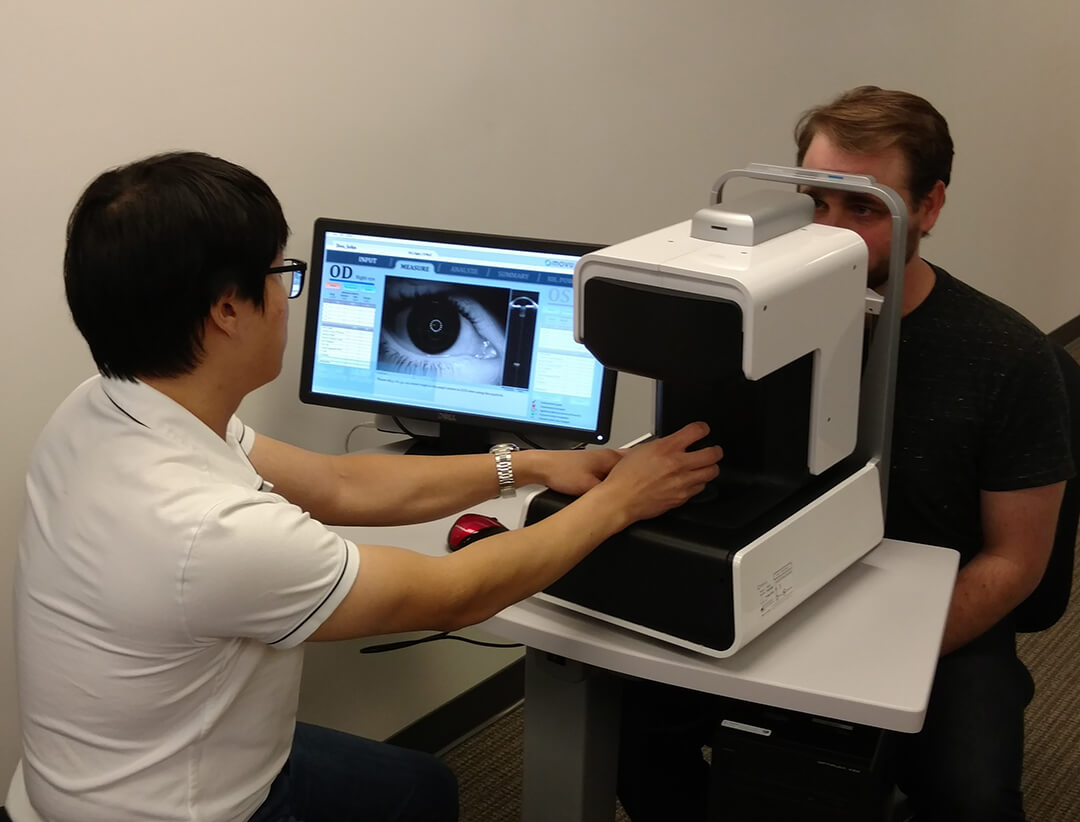
A cataract is a clouding of the lens in the eye that impedes the passage of light and affects vision. When the clouding blocks enough light and impairs vision to the point where glasses won’t even help, the lens is generally considered to have become a cataract.
A cataract will get worse if not removed. Cataract surgery is the only way to do so. It involves removing an aging, cloudy eye lens and replacing it with an artificial one, called Intraocular Lens (IOL). The surgery only takes on the average, twenty minutes, and full recovery a month after surgery has been performed. However, integral to the whole process is the accurate measurement of your eye made by the surgeon prior to surgery.
What is an Optical Biometer?
The device used to perform necessary ocular measurements before refractive or cataract surgery is called an Optical Biometer. An Optical Biometer measures the length of the eye, curve and width of the cornea, and anterior chamber depth. The device is intended to acquire ocular measurements as well as perform calculations to determine the appropriate intraocular lens (IOL) power and type for implantation during intraocular lens placement, ultimately providing the accurate information a surgeon would need prior to surgery in order to ensure clarity of vision after the procedure.

The Argos SS-OCT Biometer
The ARGOS SS-OCT is the World’s First Optical Coherence Tomography (OCT) Biometer that accurately reads biometric information even for the densest cataracts. Its delivers highly accurate, fast measurement of 9-essential parameters for IOL selection: Axial Length, Corneal Thickness, Anterior Chamber Depth, Lens Thickness, Pupil Size, Corneal Diameter, K-values (K1, K2), and Toric Angle.
Recently, ARGOS was voted Best Technology in Data For Cataract Surgery by members of CRST’s editorial board.
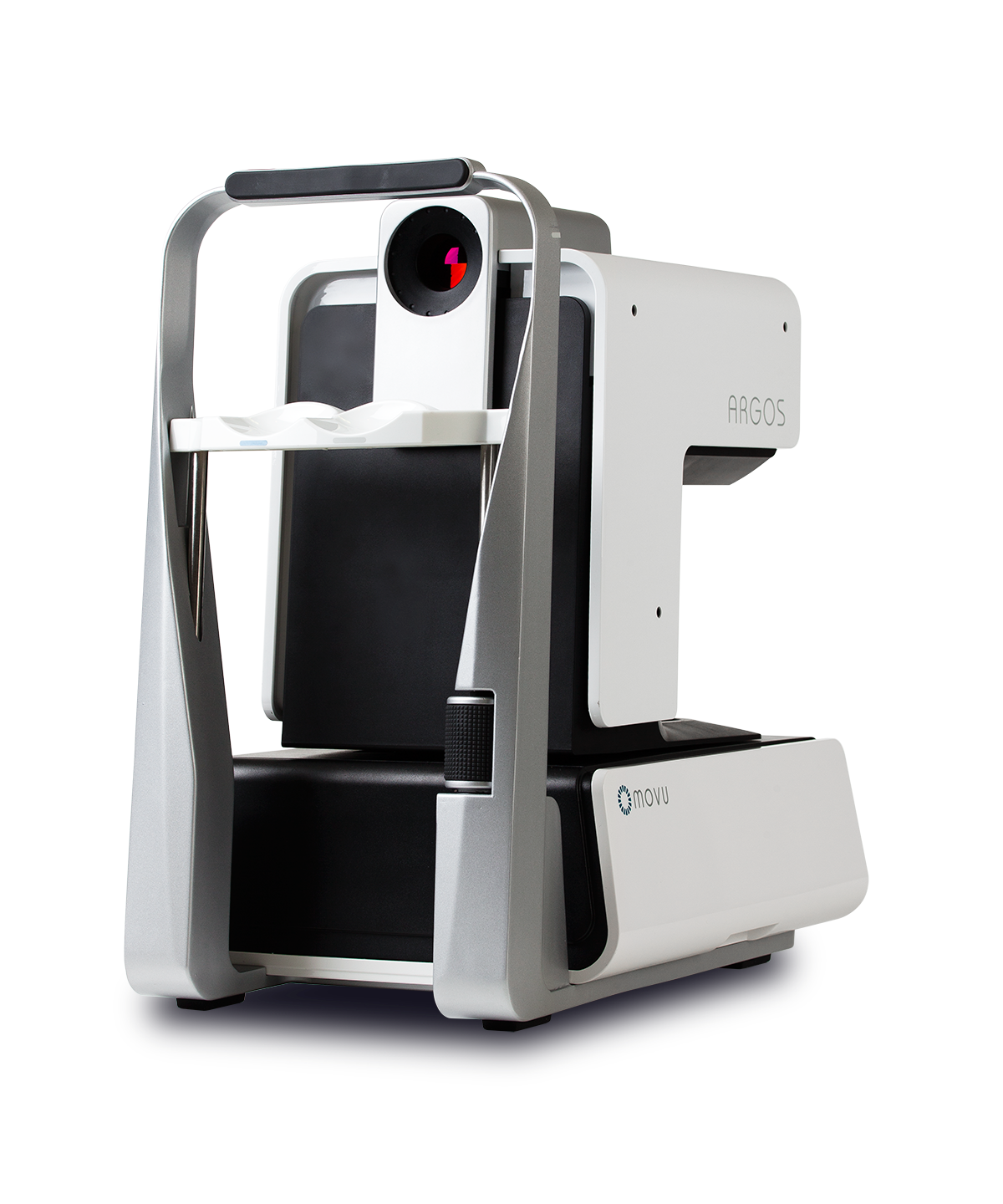
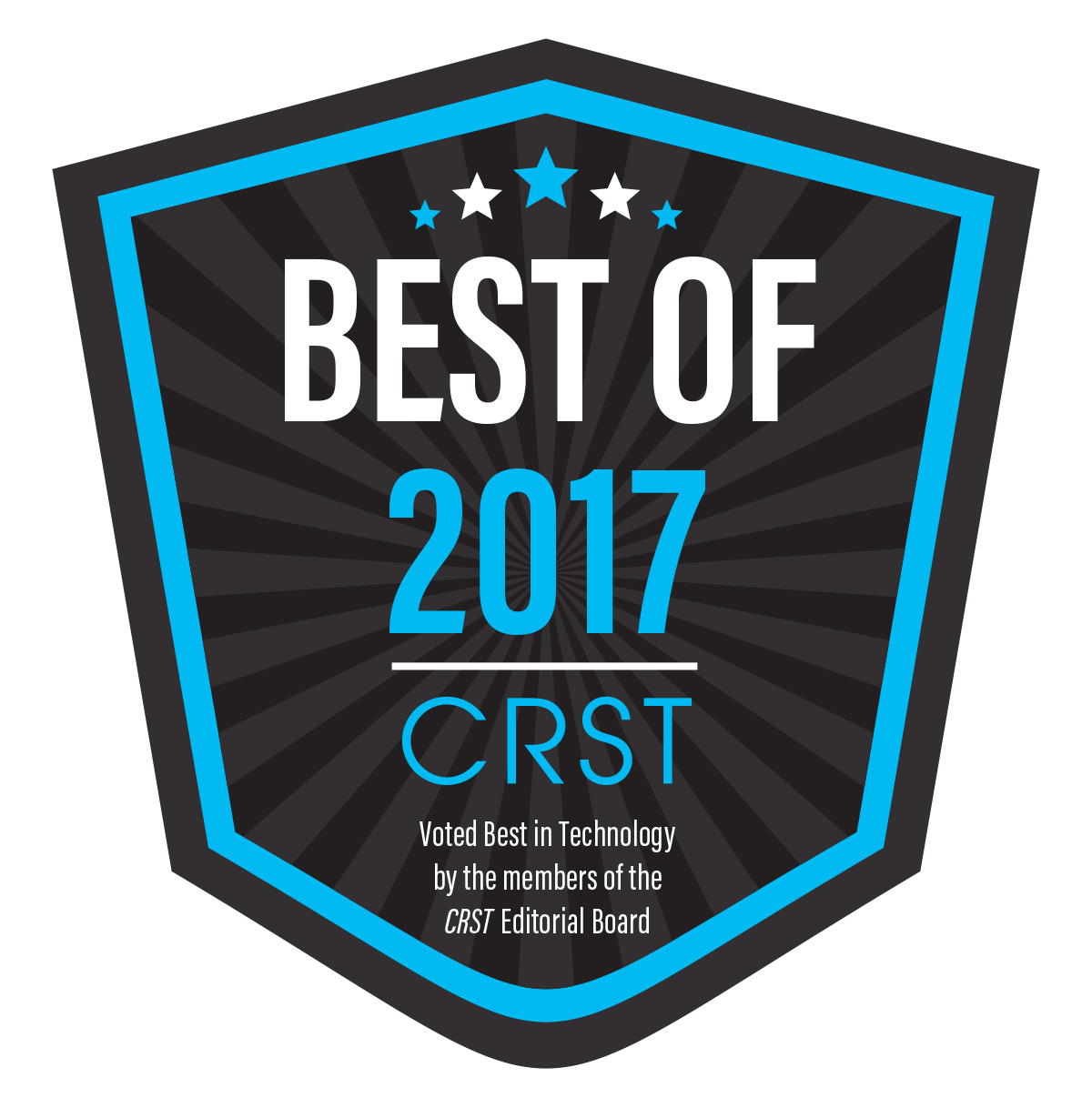
How Is Argos Different Compared to Conventional Biometry
When compared to conventional biometry, ARGOS demonstrates faster, more accurate biometry, while providing a unique live 2D OCT image of the whole eye from cornea to retina, limbus to limbus. In addition, ARGOS is able to successfully measure axial length in denser cataracts that are beyond the capability of other non contact biometers. It guarantees precise ocular biometry for accurate selection of IOLs by way of its contact-free measurement using SS-OCT – Swept-Source Optical Coherence Tomography. Compared to traditional OCT techniques such as SD-OCT or TD-OCT, ARGOS delivers a more streamlined process of acquiring biometric parameters—reducing procedure times and minimizing patient discomfort.
References:
- Biometry measurements using a new large-coherence–length swept-source optical coherence tomographer. Shammas, H. John et al. Journal of Cataract & Refractive Surgery , Volume 42 , Issue 1 , 50 – 61
- Movu [Internet]. Movu-inc.com. Available from: http://movu-inc.com
The clarity of vision after cataract surgery greatly depends on the quality of measurements made by the surgeon prior to surgery. Dr. David Richardson has invested in the most advanced optical biometer available: The Argos Swept Source OCT Biometer. With this advanced technology both Dr. Richardson and his patients with cataracts can feel secure that they are getting the best eye measurements possible prior to choosing an intraocular lens.




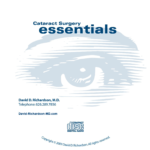



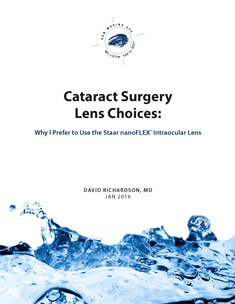
Recent Comments